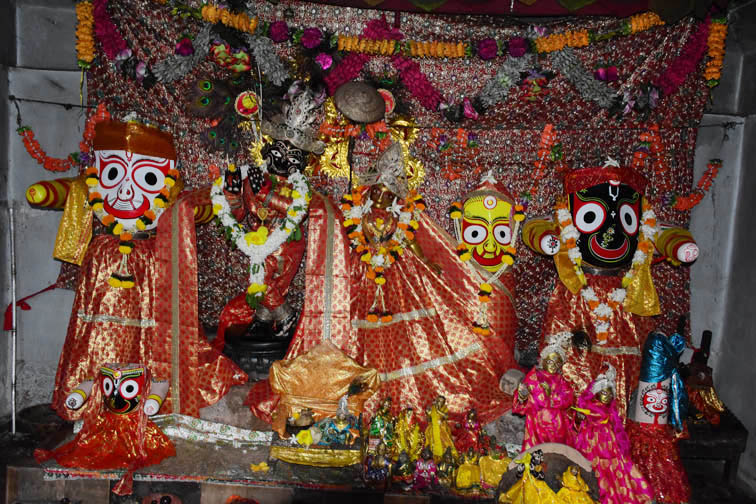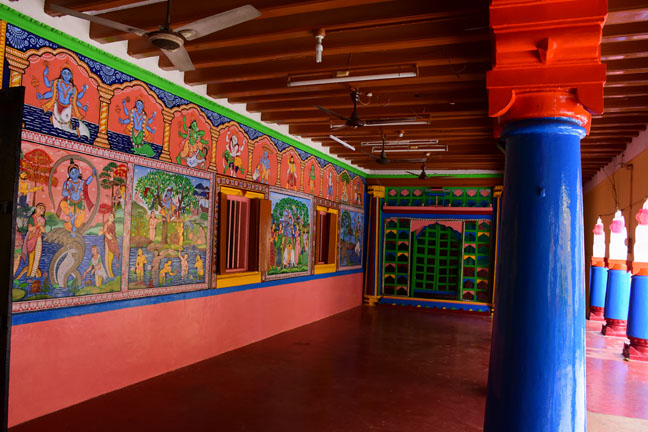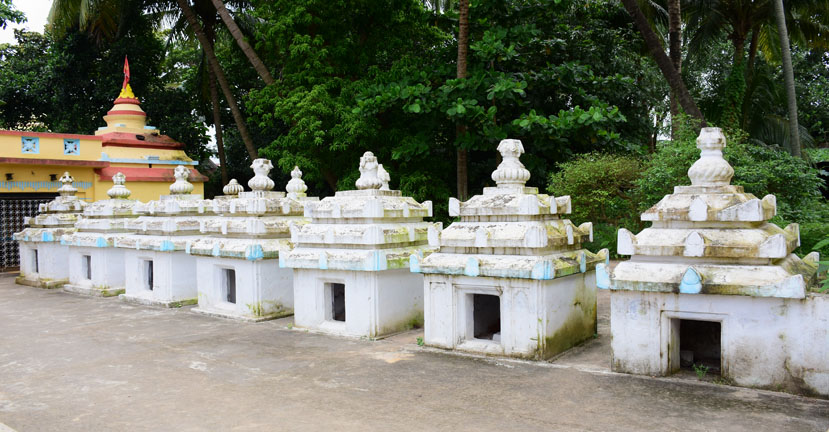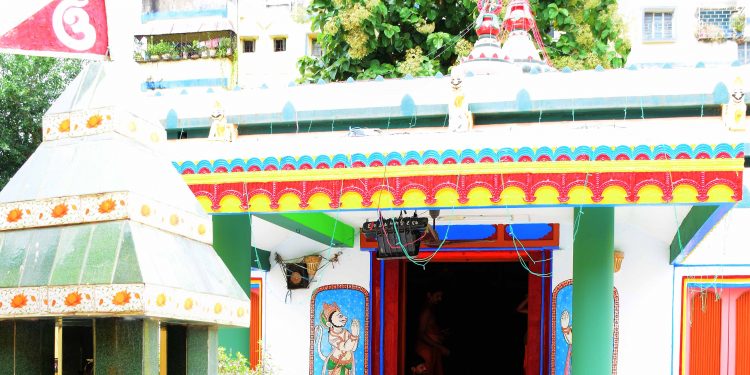An ancient Gopal Jew temple, spread over one and a half acres in Nandi Sahi of Cuttack, draws thousands of devotees from across the state for Krishna Janmashtami every year.
The 700-year-old shrine of Lord Krishna, a pillared structure built with high-class scroll work and sculptural magnificence, is governed by Gopal Jew mutt of Cuttack. Images of Laksmi and Saraswati along with other idols of Hindu pantheon adorn the temple premises. Modern masonry material like glazed tiles and marbles has bedecked the holy place.

The mutt has a clean ambience comprising a kitchen, living space for pilgrims, servitors and an auditorium for discourses. A row of 11 tombs belonging to mohants is situated behind the kitchen.
Although the state government’s endowment department has taken over the shrine, Sujan Kumar Das Maharaj, the twelfth mohant of the mutt virtually presides over the temple.
Das Maharaj’s account of the legend behind the mutt and the Gopal Jew temple is interesting. Several years ago a Naga sadhu named Balak Dasjee Maharaj had come to Cuttack with a brass idol of Lord Krishna with him. The sadhu who was endowed with miraculous powers, is said to have crossed River Mahanandi with the help of a deerskin. The saint is believed to have cured an incurable disease the then King’s scion was suffering from. The King who was pleased with the sadhu’s service gifted him a large patch of land between the present day Badambadi and Nayasarak to construct a mutt. The sadhu, however, identified a small plot at Nandi Sahi and built a thatched hut for himself and consecrated the brass idol of Lord Krishna there.

One fine morning, the sadhu reveals sighting Lord Krishna in a dream instructing him to look for an idol on the banks of Mahanadi near Barabati fort. Accordingly, the Naga saint goes to the ordained spot and unearths a Krishna idol made of black granite with the help of a pair of tongs. As per legend, the mendicant finds blood stains on the tongs after it pierced part of the stone idol. He later builds a temple for the Lord at the mutt.
“The idol with blood marks is still present at the temple,” claims mohanta Sujan Das.
Balakdasjee, however, could not locate the image of Krishna’s consort Radha. He then got an image of Radha chiseled with the help of a sculptor and installed it at the temple before appointing a priest to worship the deity.
It is believed, there was a miracle waiting for the new priest the next morning. When he opened the Gopal Jew temple door, he found Radha’s idol had broken into two. The Gopal Jew temple had to sculpt a new idol which also developed cracks soon after.
Around two hundred years ago, the temple authorities found Srikrishna’s flute and padukas (flip-flops) missing from the shrine. However, the belongings of the deity were traced to the house of a Bengali family in the vicinity. Coincidentally, a girl in the family named Radha died when she was 12-year-old. A new idol of Radha comprising eight alloys (astadhatus) was consecrated at the temple and incidentally Radha had died on the same day. Surprisingly, after the girl’s death, the stone statue of Radha remained intact and is being worshipped till this day.
“Although there is no historical evidence to corroborate the origin of the Gopal Jew temple, a black marble plaque fixed on the wall points to the Hindu era 1282 and it points to an approximately a 700-year-old history,” explains Sajandas Moharaj.

Priest Sachidananda Panda who looks after the temple said, “I have been serving the Lord for 33-years. There are about fifteen other servitors in the temple. According to Chaitanya Sricharita, Saint poet Chaitanya Dev had visited the mutt in the sixteenth century. Currently, the temple celebrates Krishna Janmashtami mela for two days and Jhulana Parba (cradle festival) every year.”
A Nandi Sahi resident, Shribatsha Kumar, 55, claims the ambience of the shrine is unique to Cuttack. “We visit the mutt every evening along with other devotees to hear Bhagabat recital here.”
Gautam Mishra, another priest of the Gopal Jew temple who has been in the Lord’s service for the past 20 years, said, “The temple shelters everyone who comes to serve the Lord. The mutt regularly conducts ‘Ramcharita Manas’ recital and discourses for the devout.”
SOYONG, OP






































